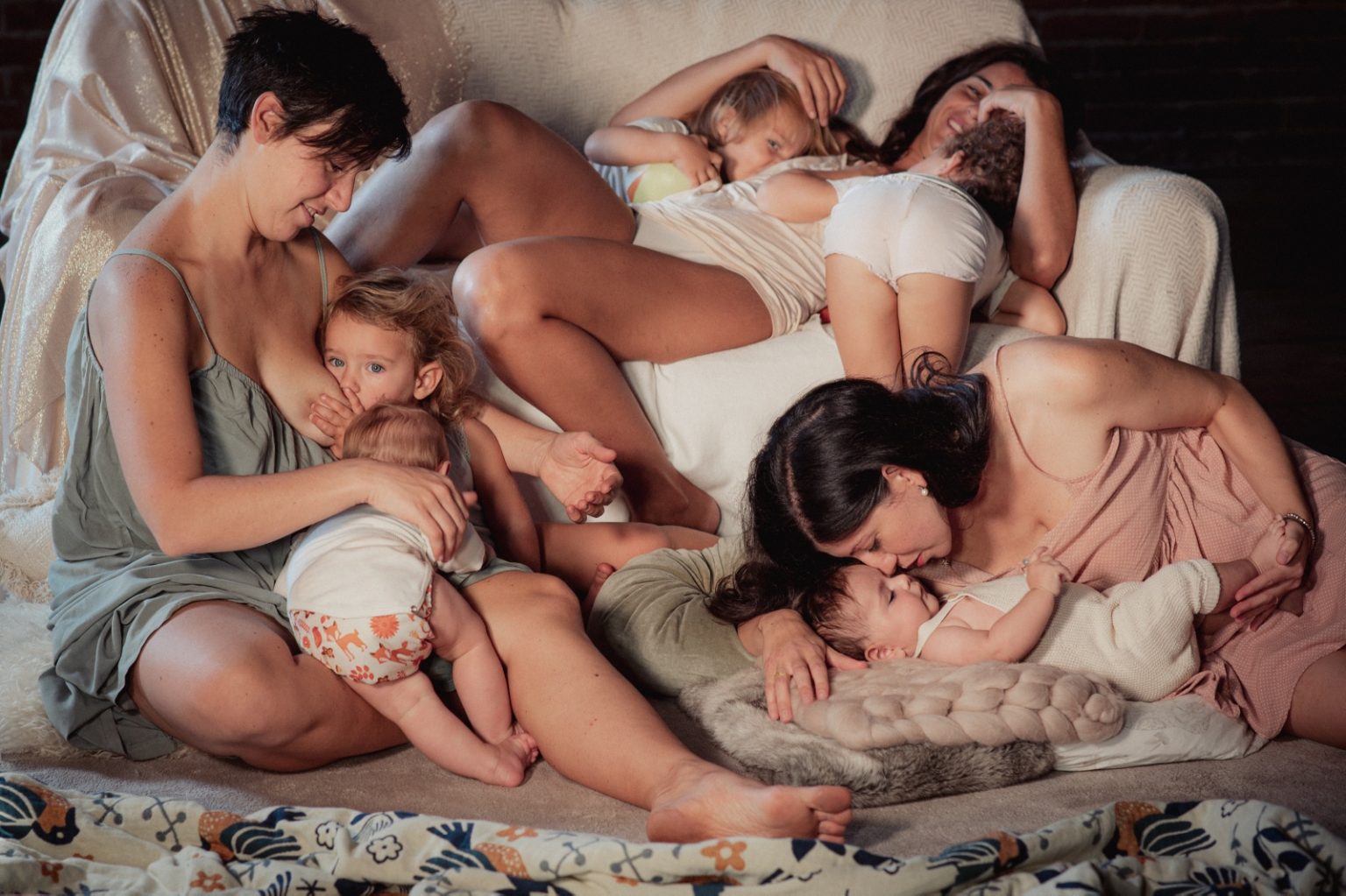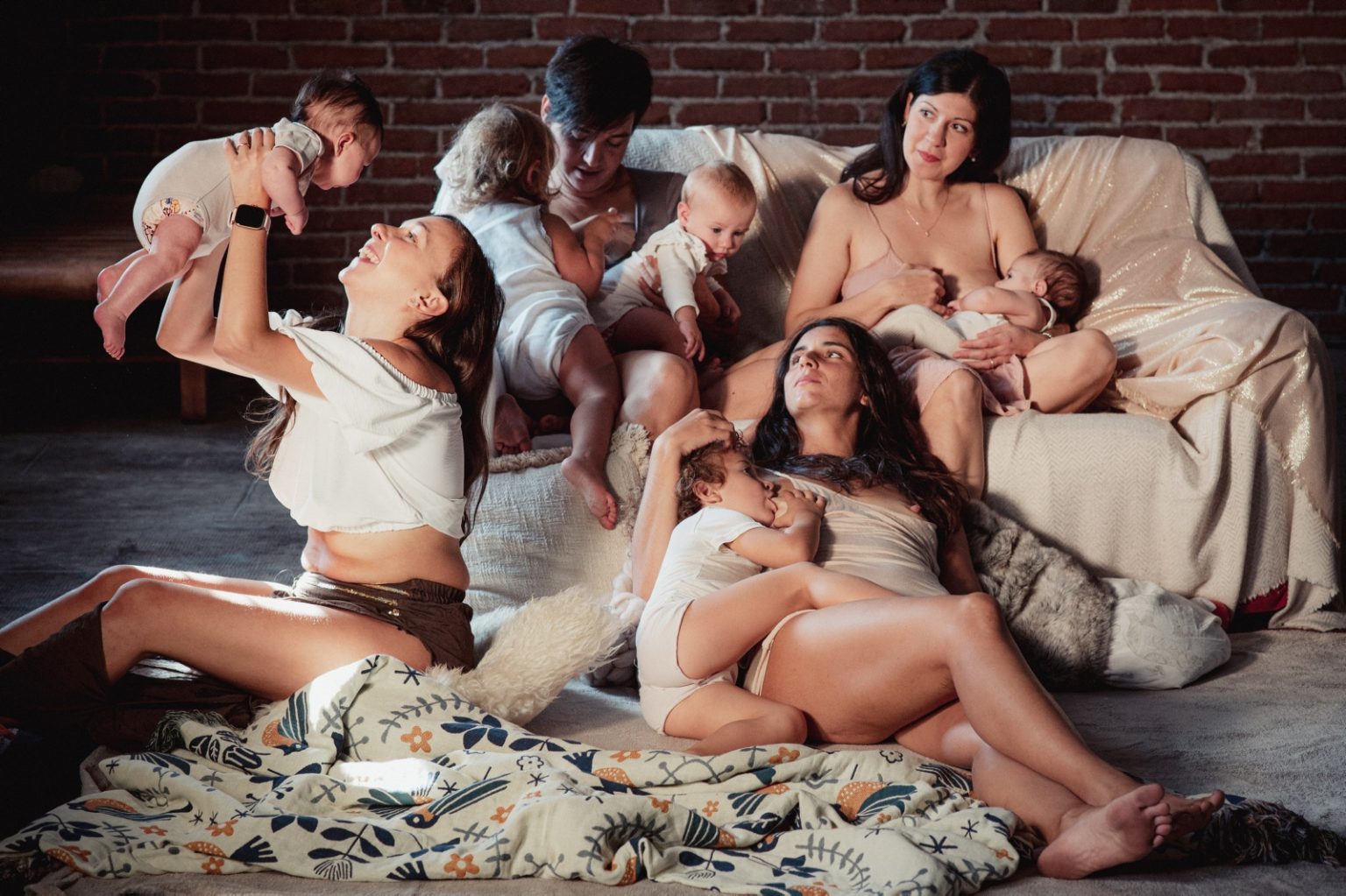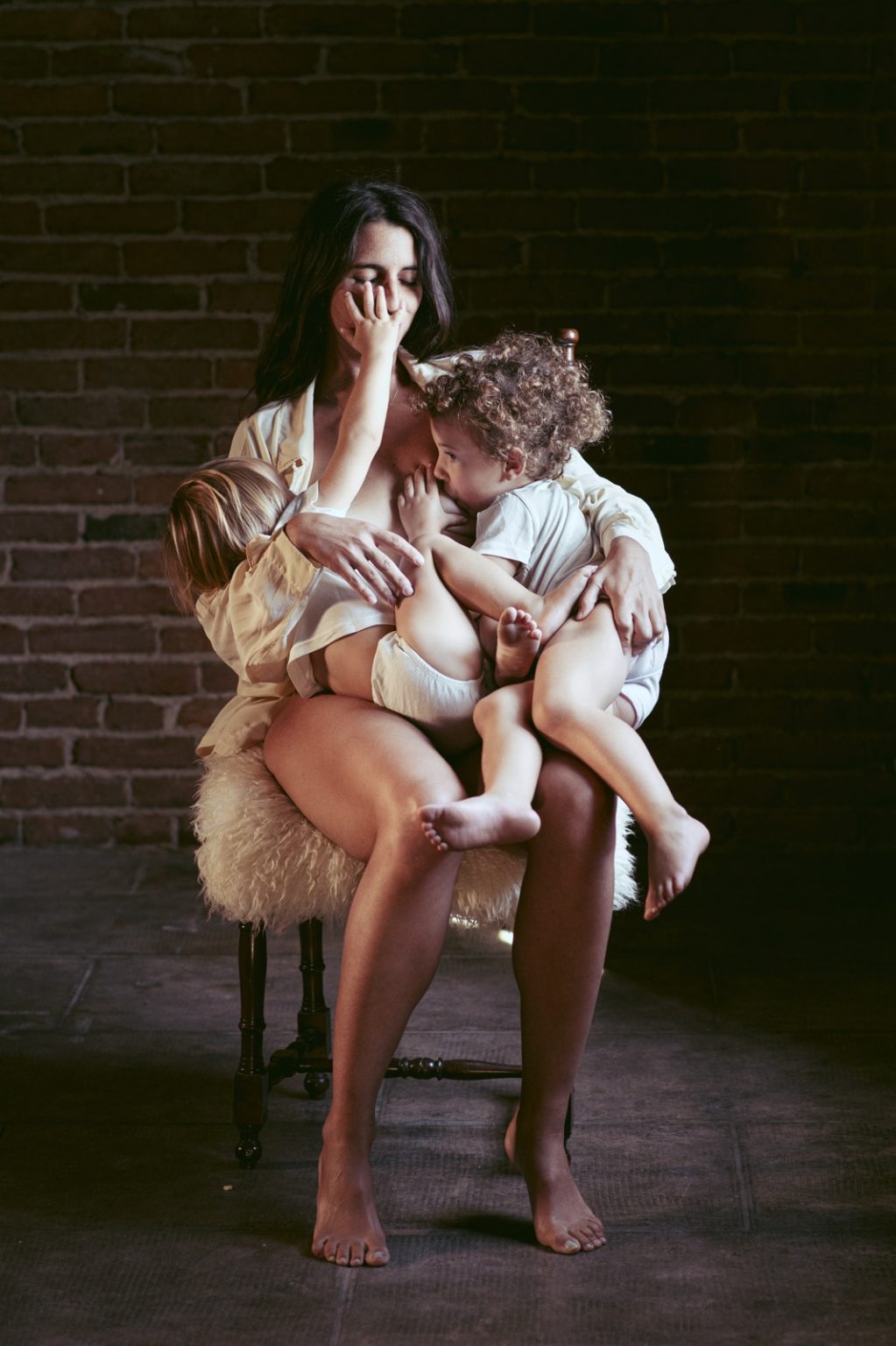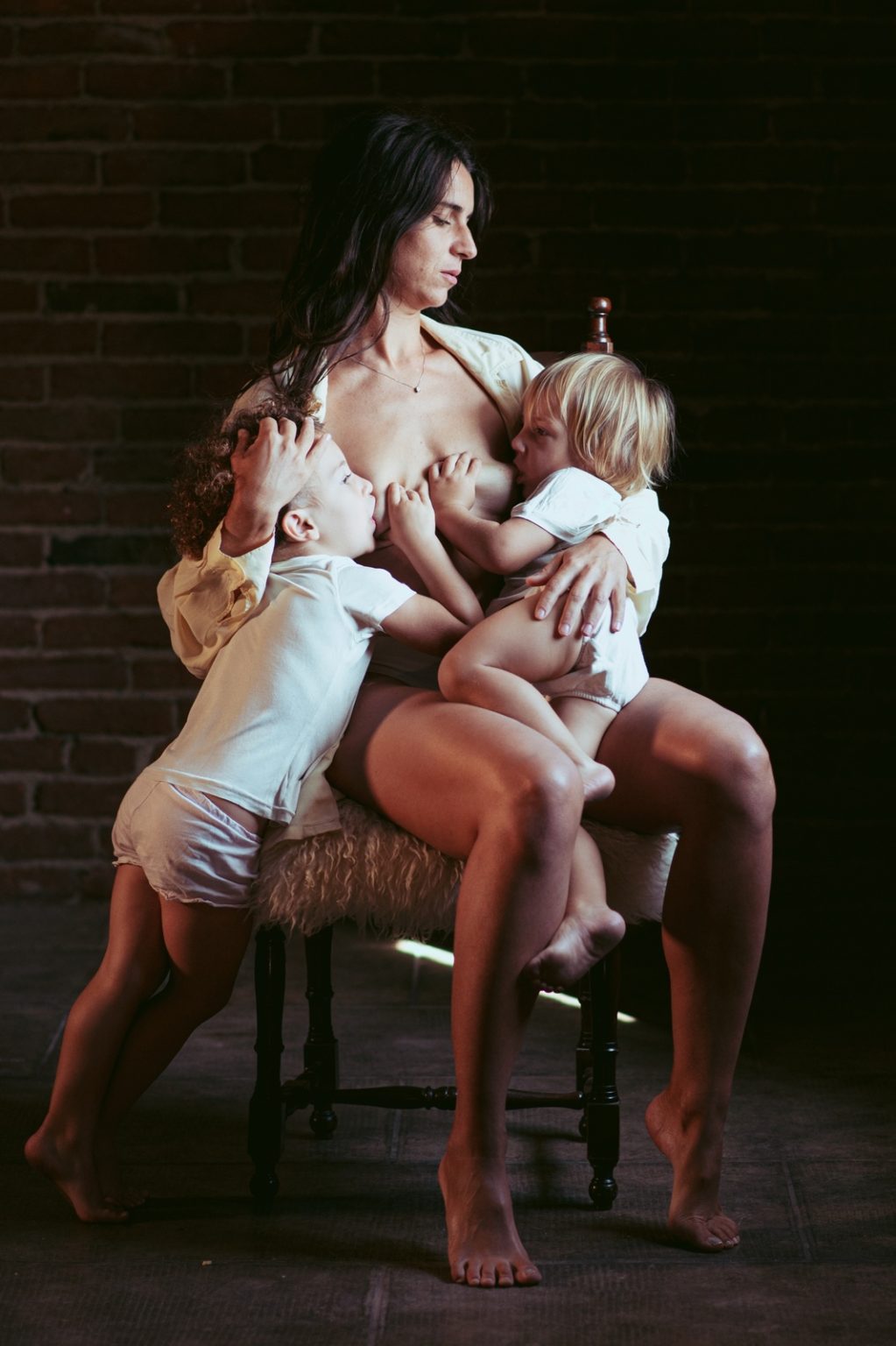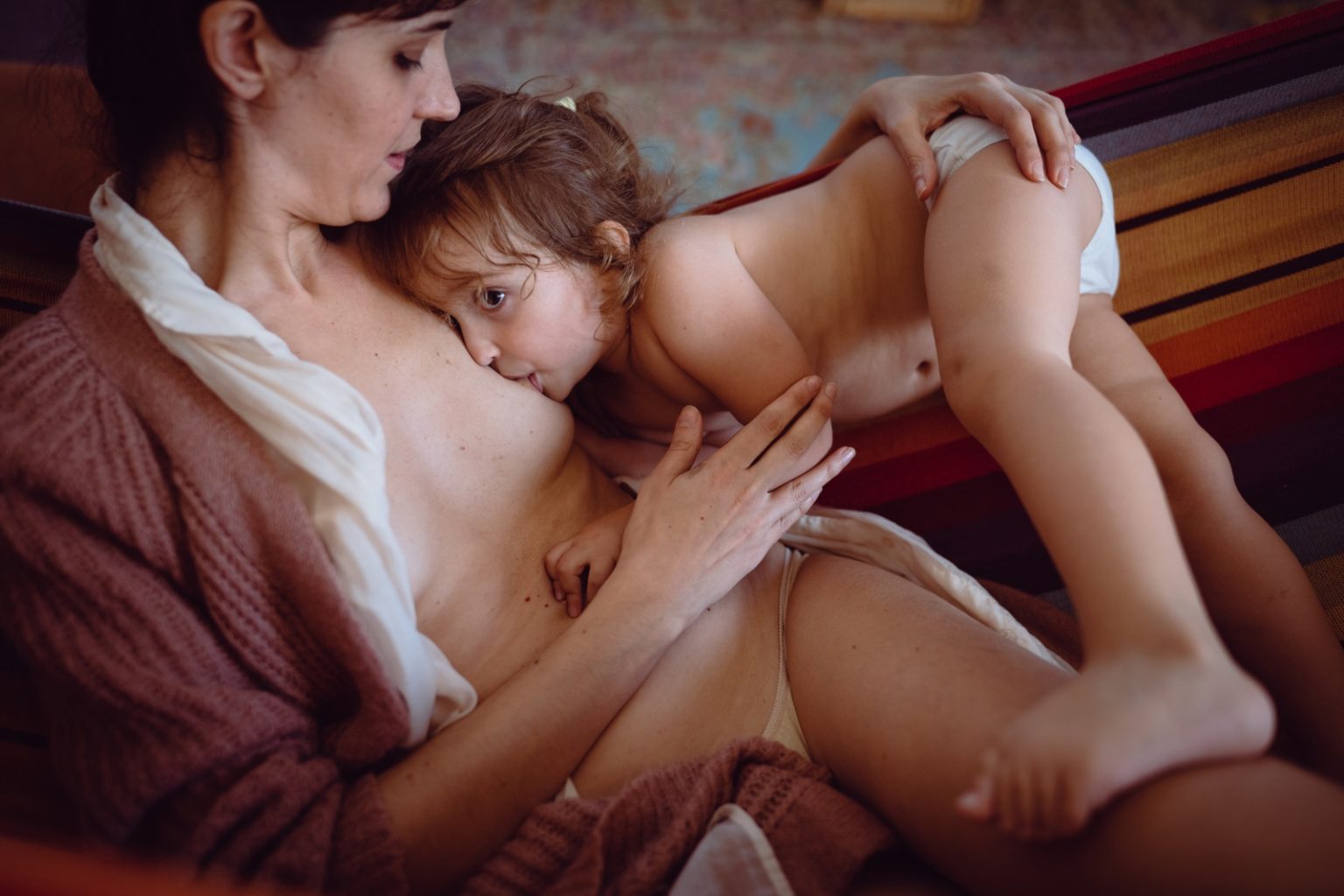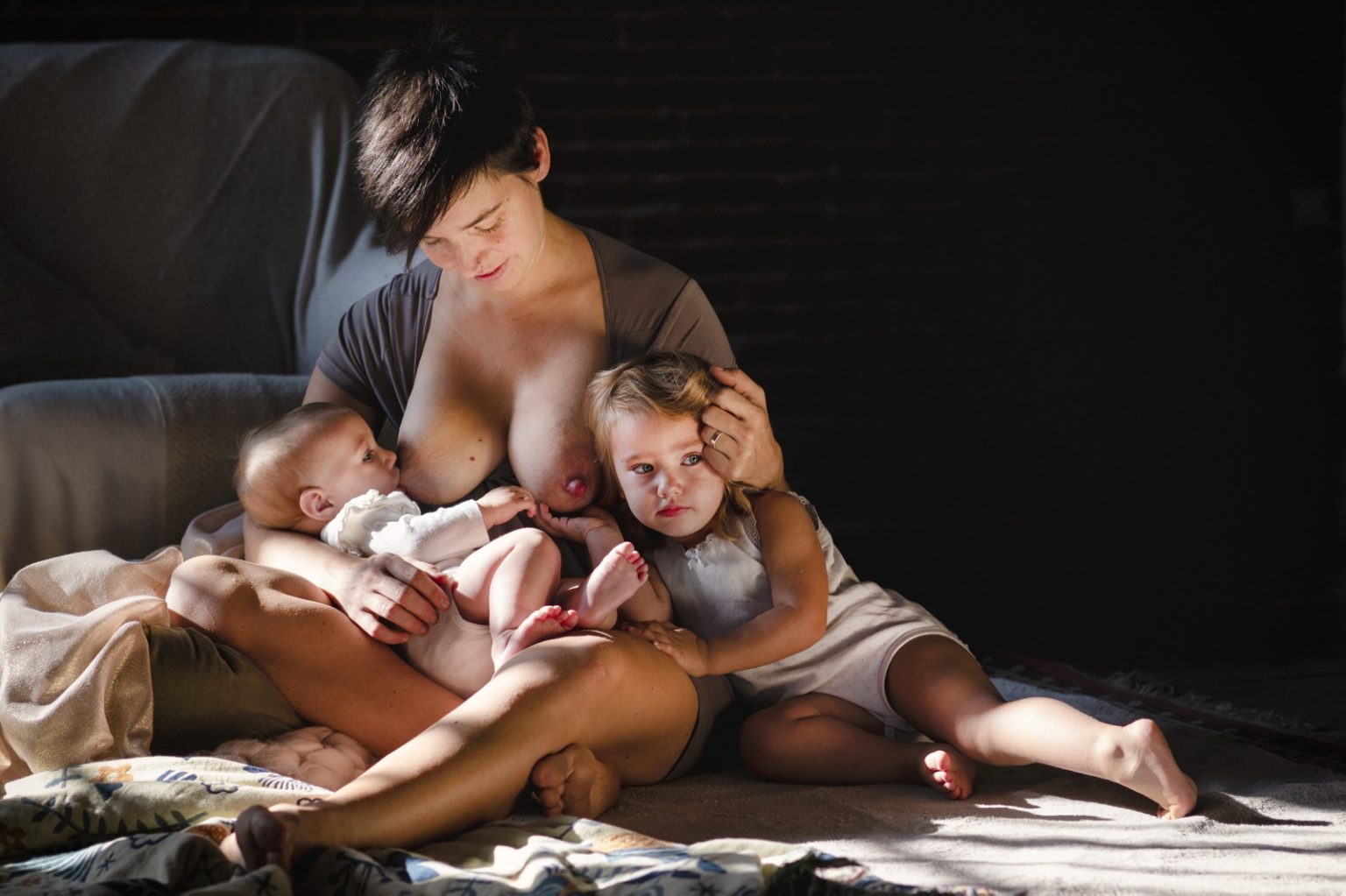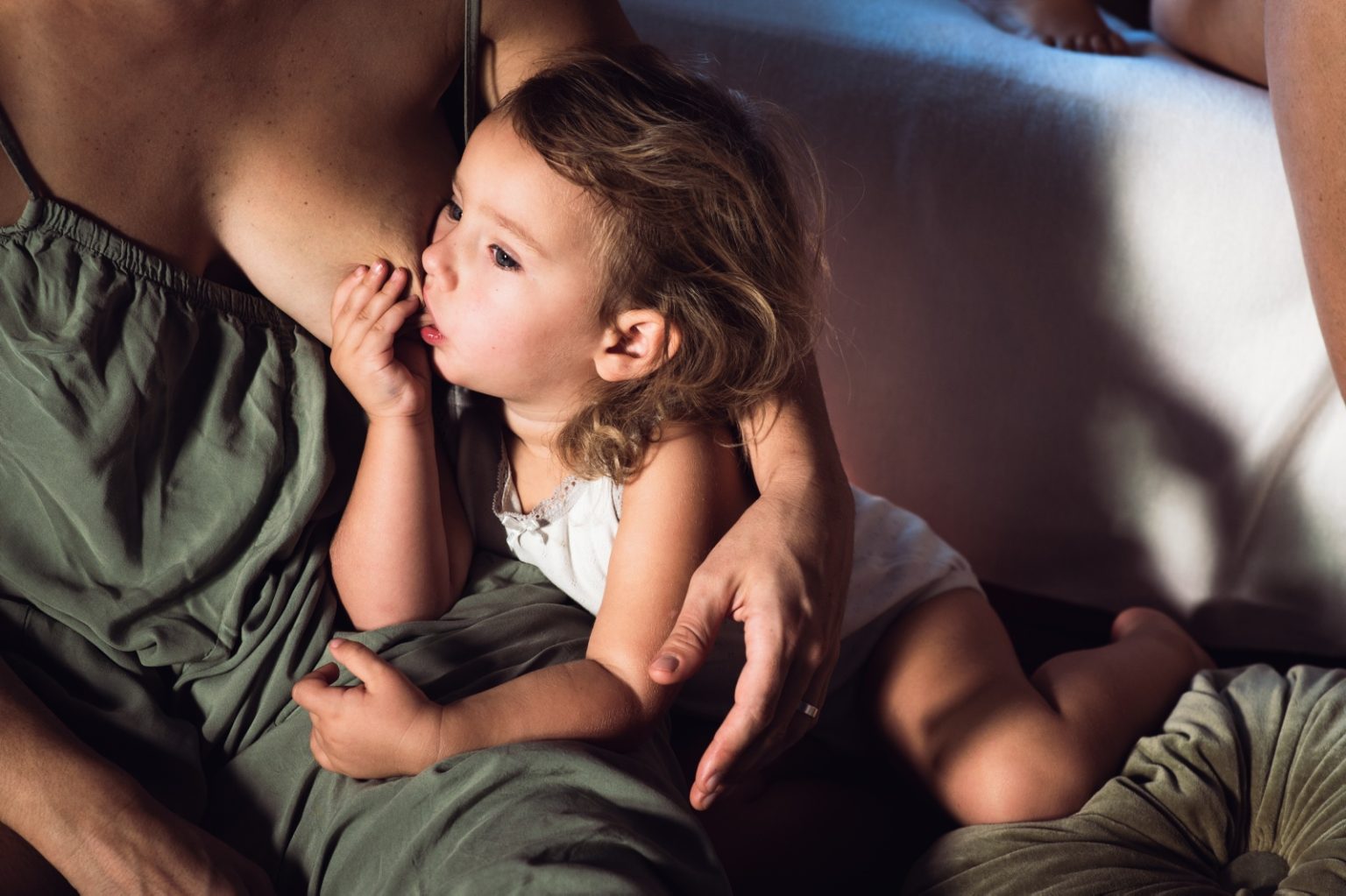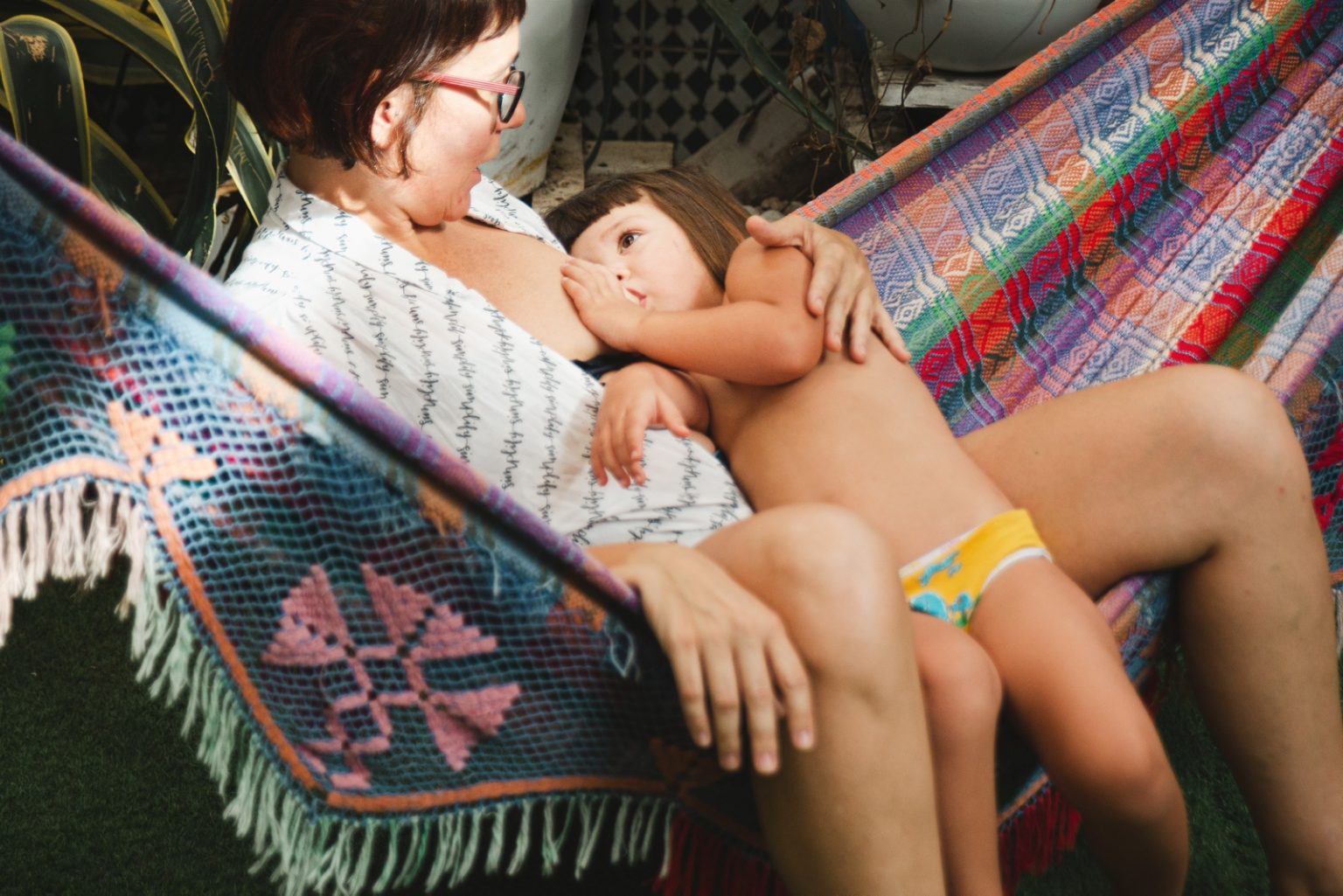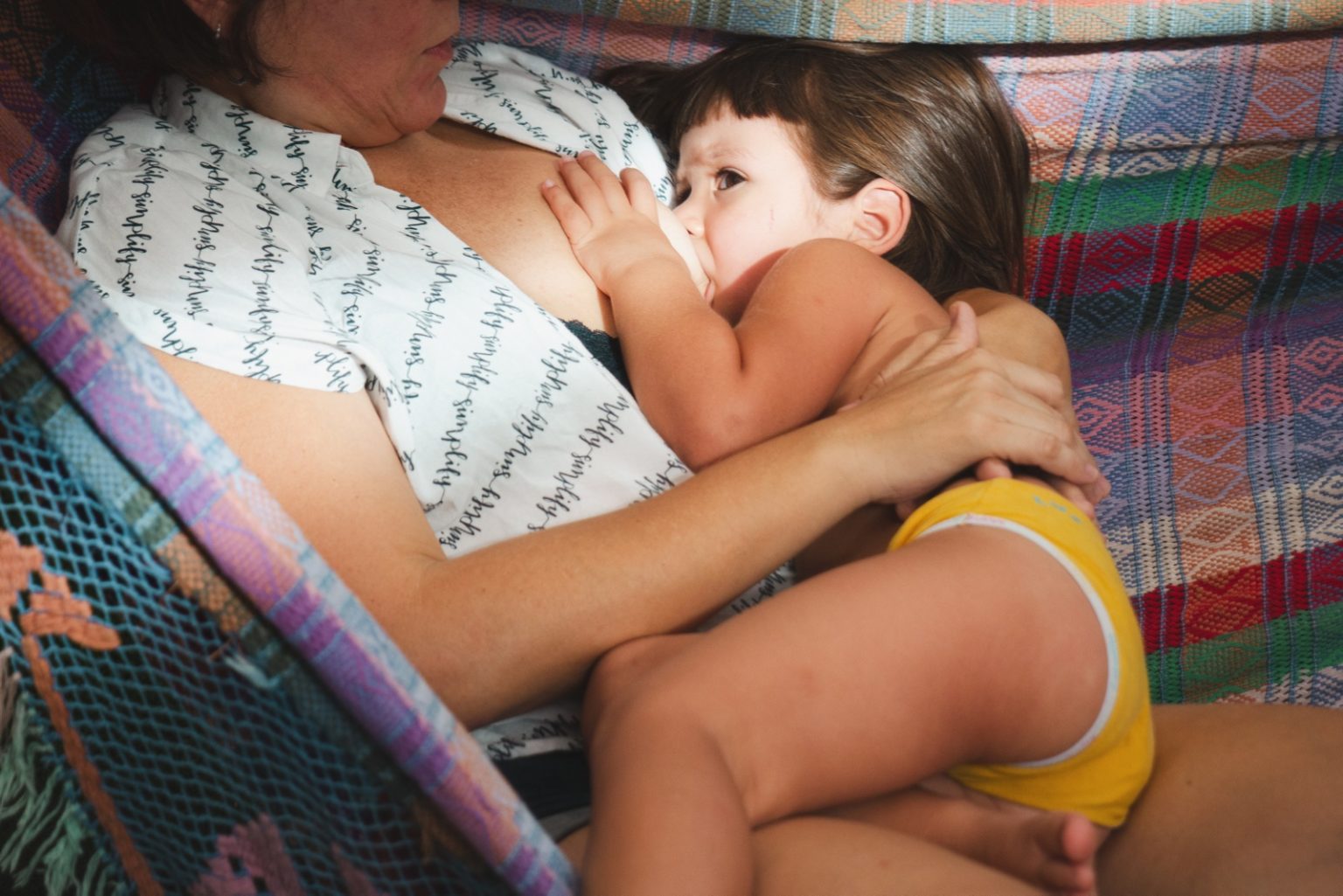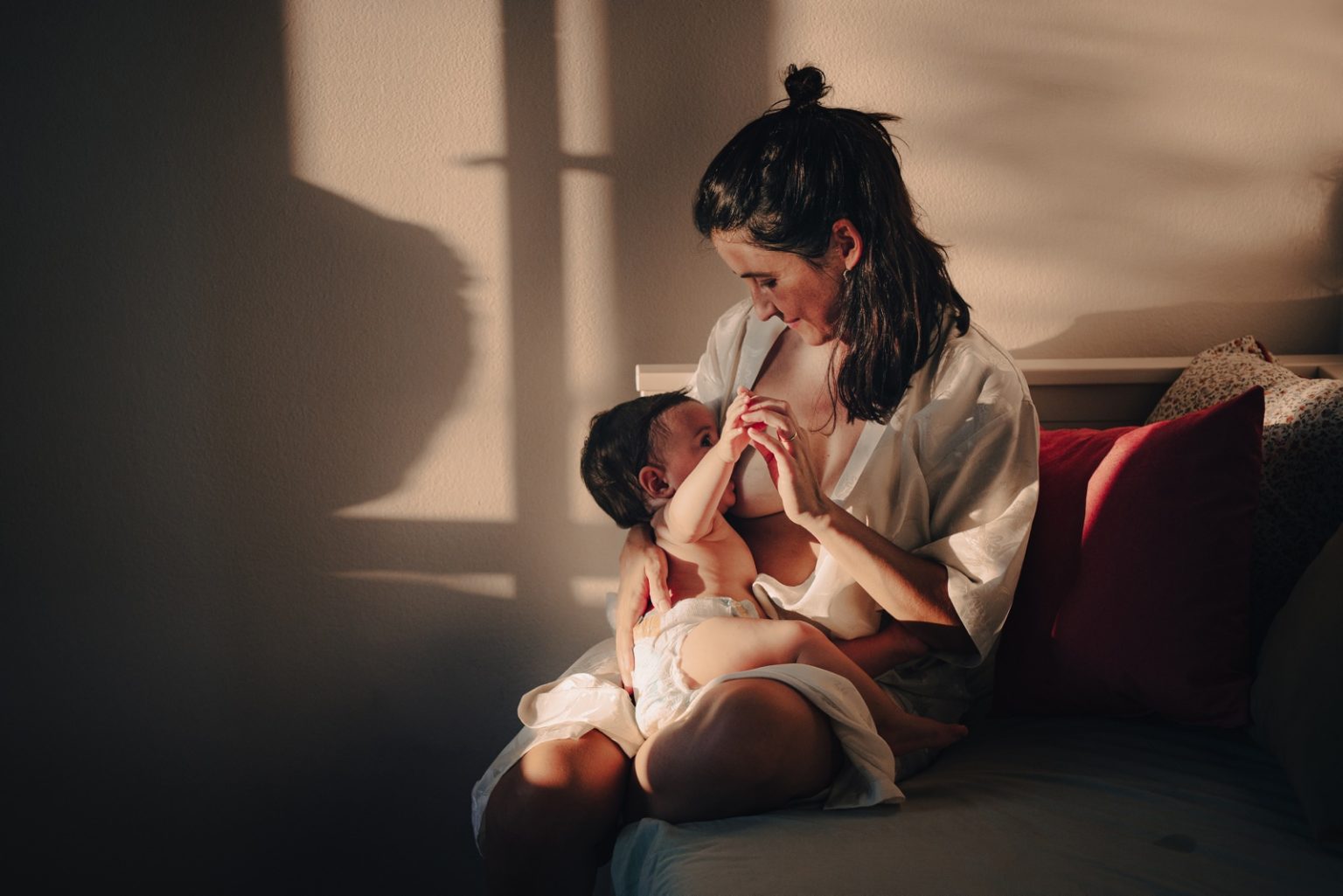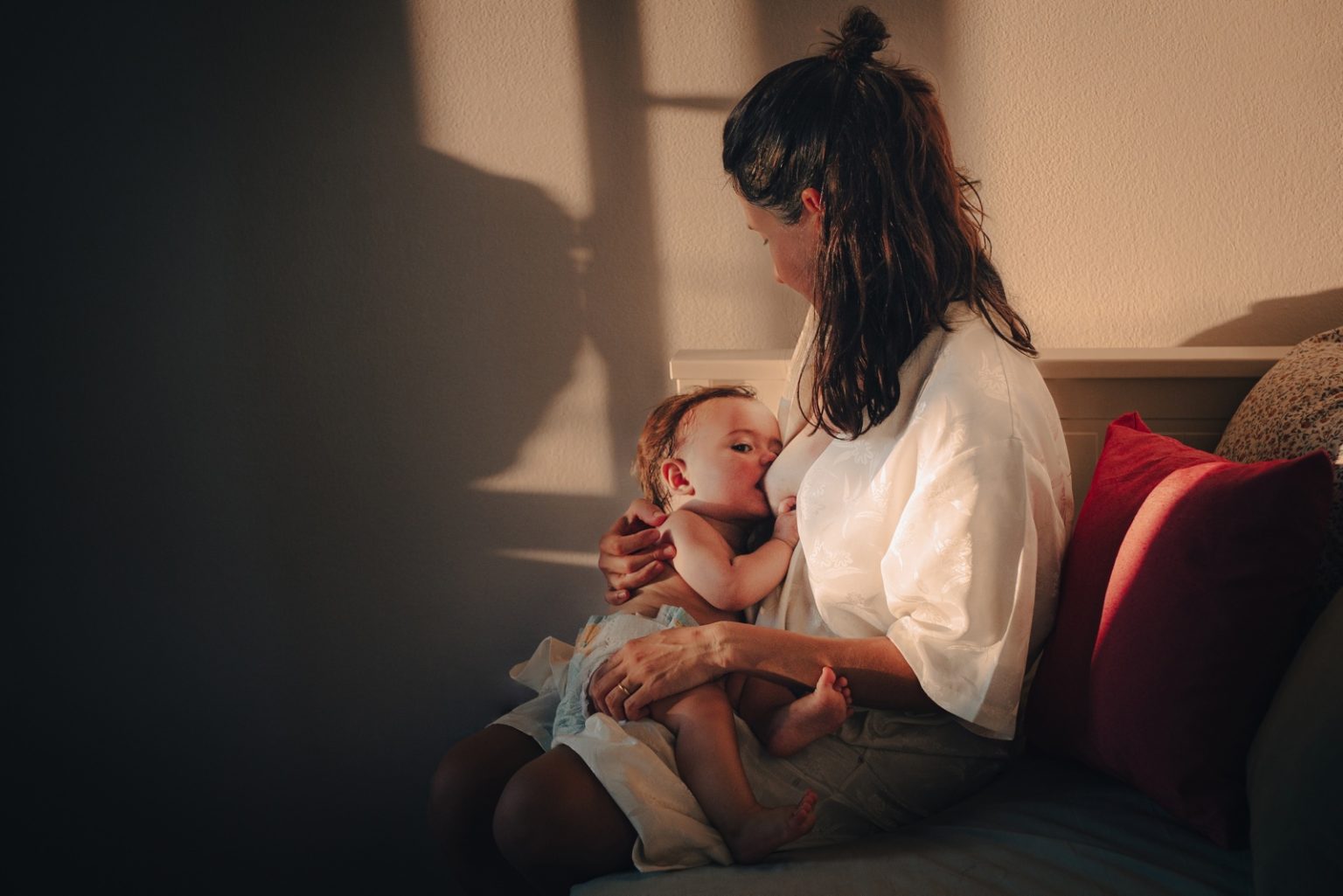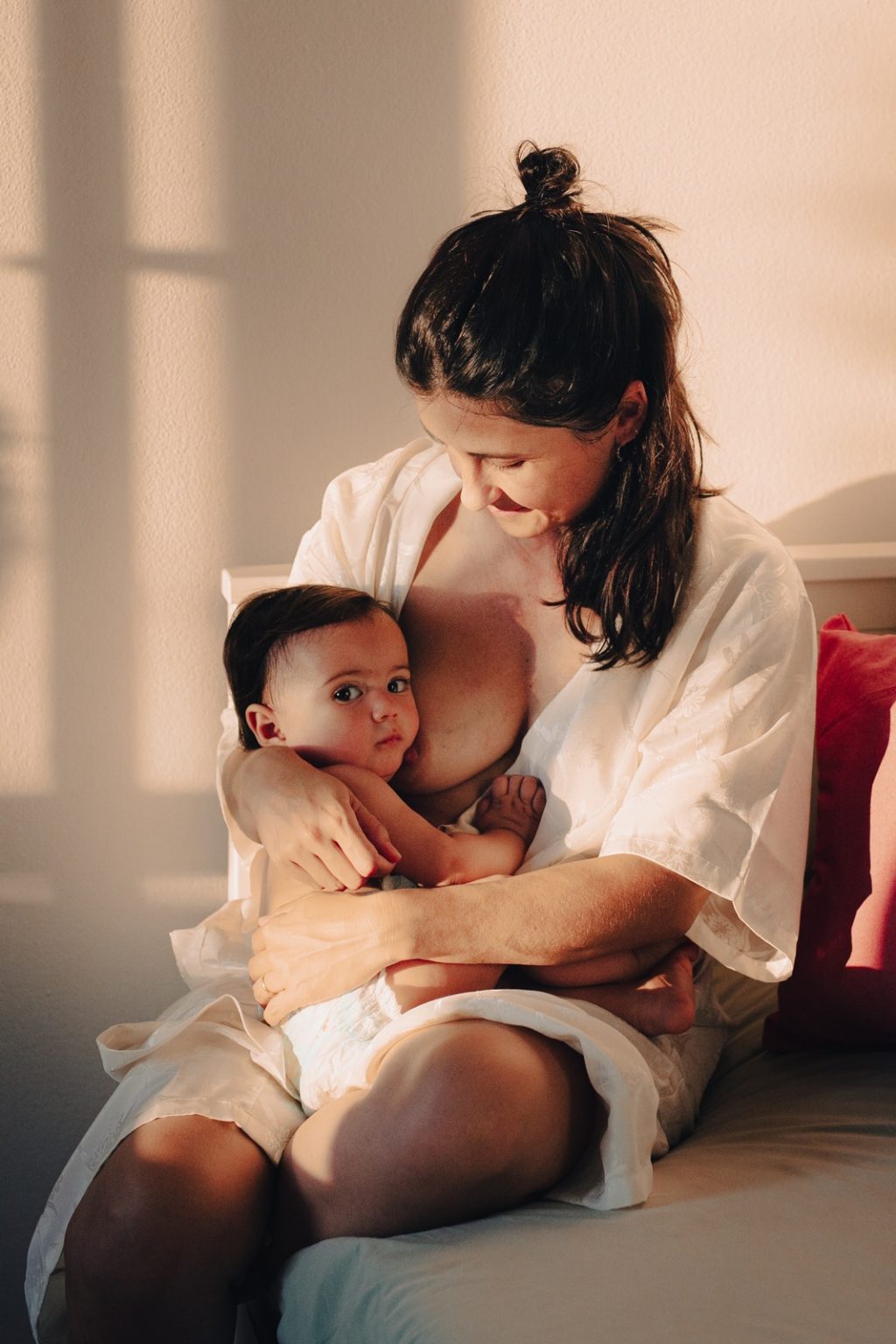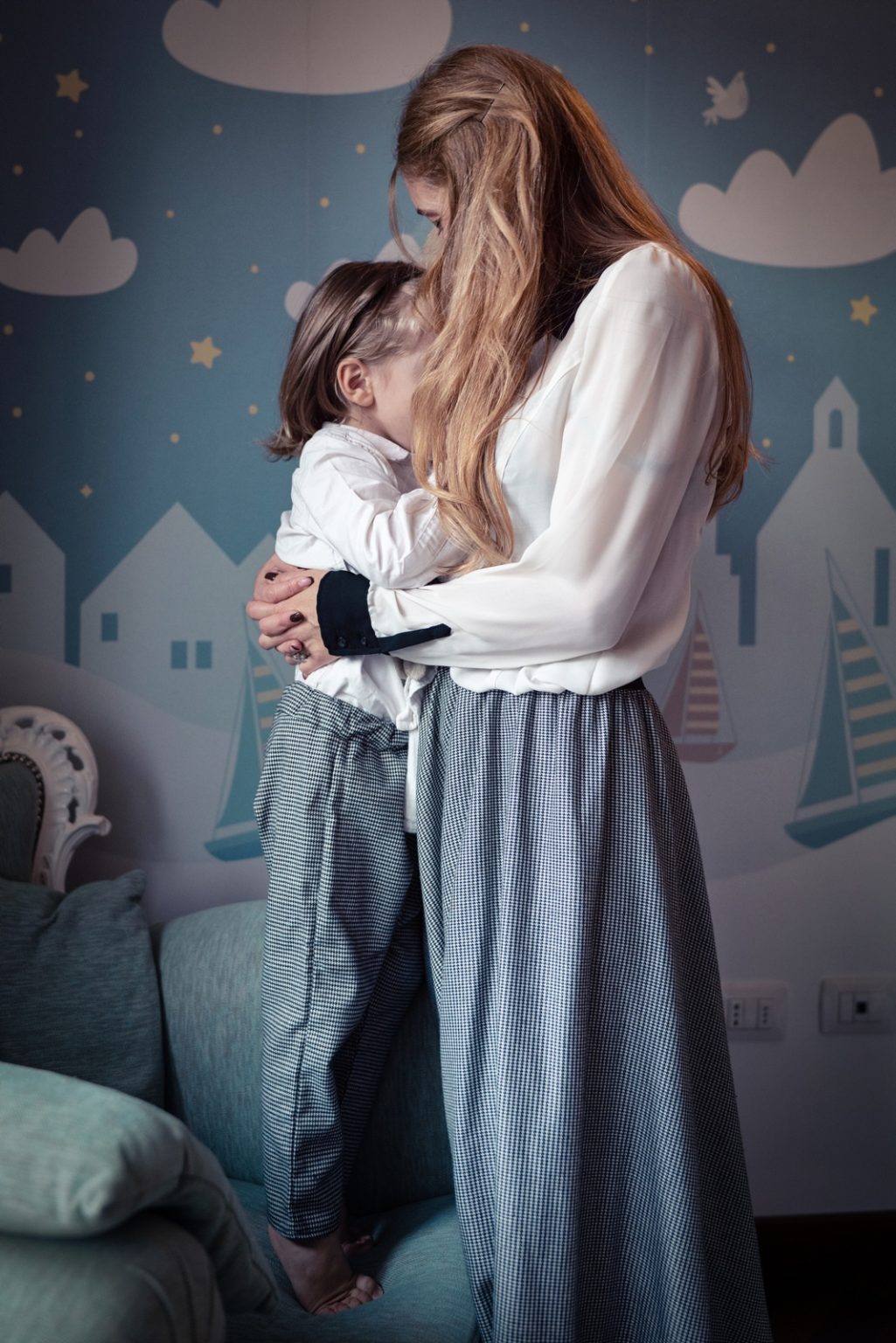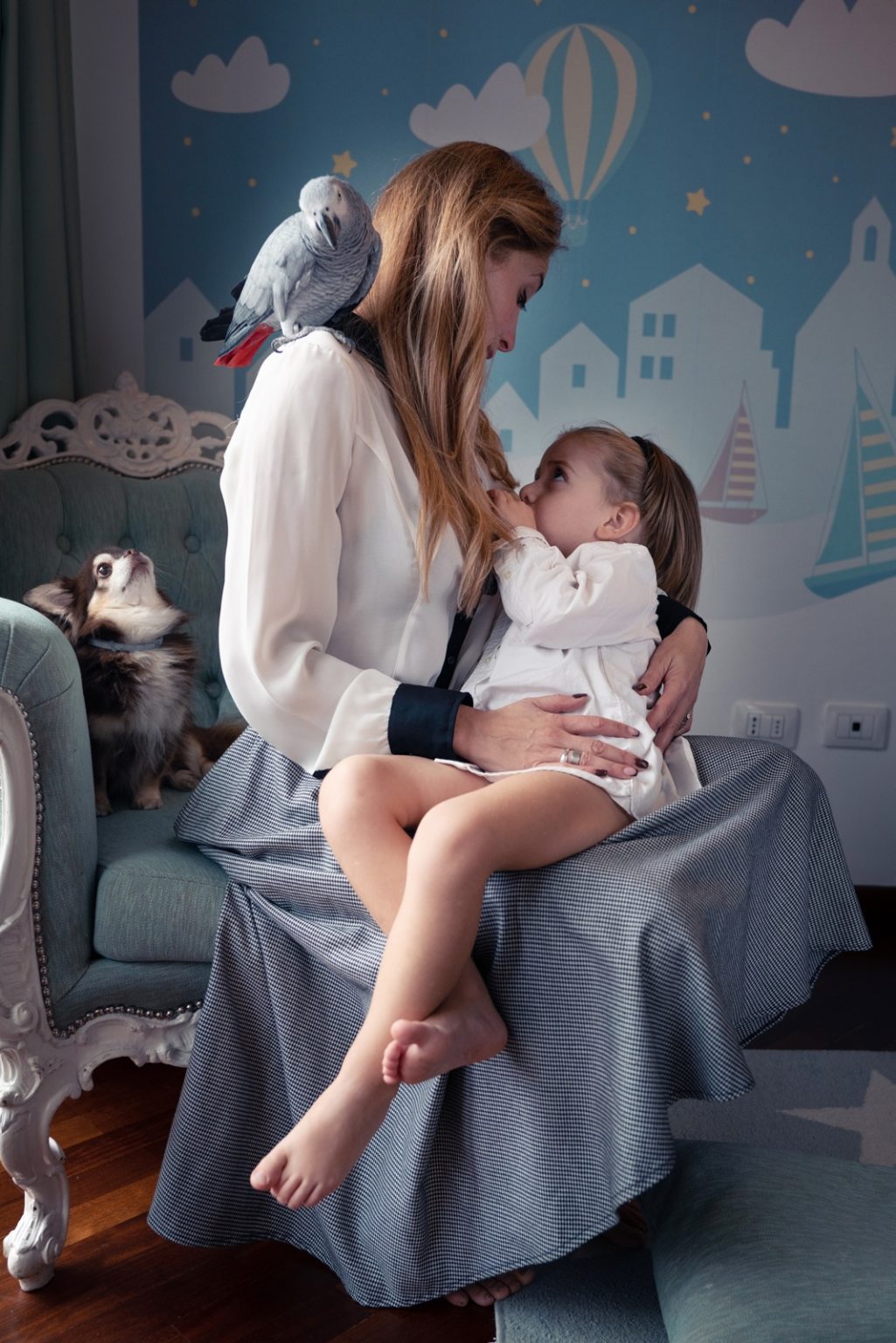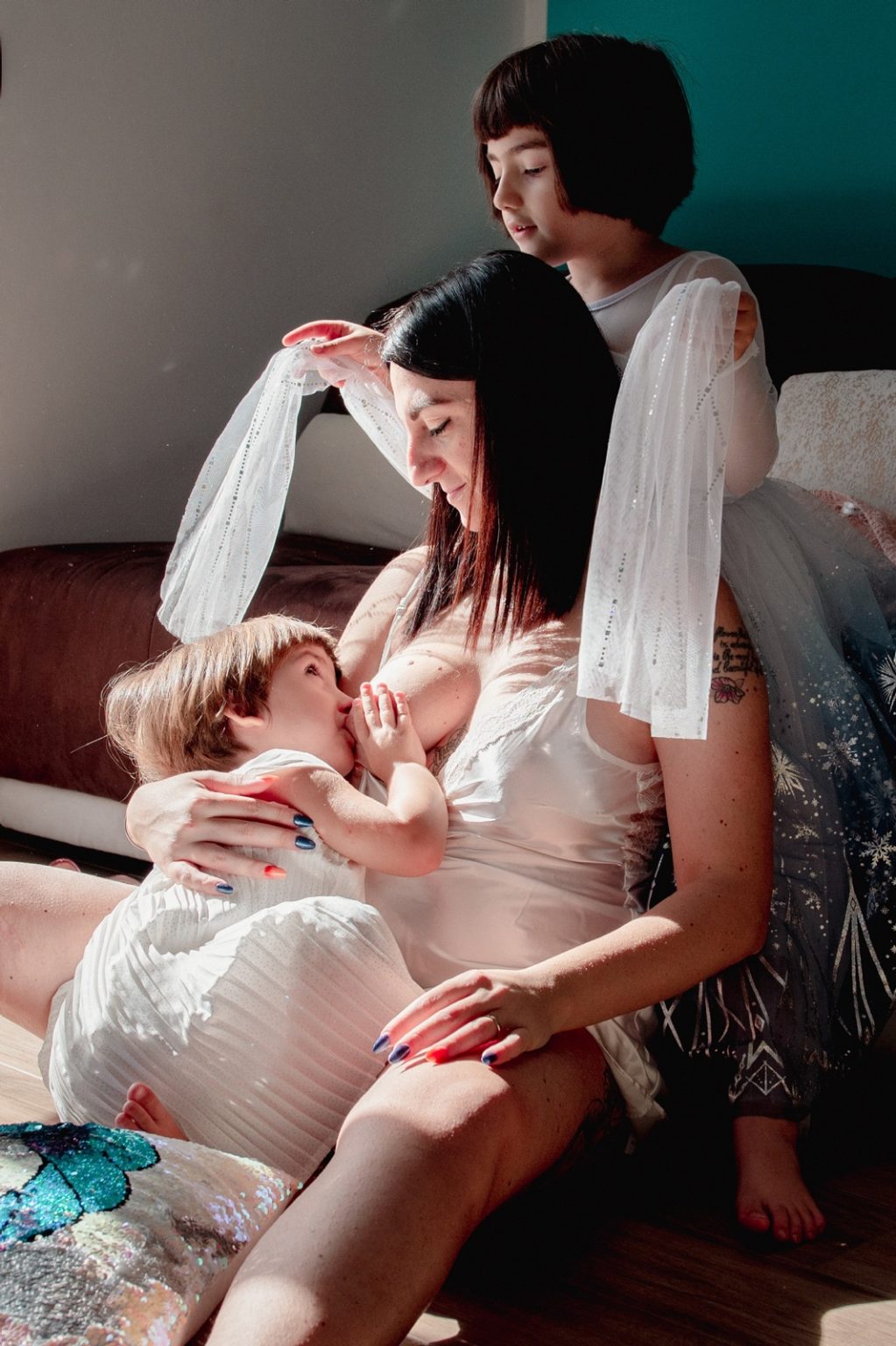Long term breastfeeding
The American Academy of Pediatrics, the largest association of pediatricians in the United States, with the OMS and Unicef, has just updated its guidelines and supports breastfeeding for a period beyond 2 years of life, as it is the most physiological and beneficial way, as well as the most economical and ecological, both for the child and his emotional autonomy and for the mother. Yet the reality is different, mothers have to go back to work as soon as possible and, like it or not, they stop breastfeeding very quickly. Mothers who decide to continue after the year are seen as morbid, bizarre, non-educational and they’re victims of social judgment, so they breastfeed in secret. What if we started to consider long-term breastfeeding an individual, personal, intimate choice of the mother? And, even if it’s apparently rare, we respected it as it is? According to the American anthropologist Katherine Dettwyler, who has been studying the topic since the 1990s, the minimum ideal age for weaning is 2 and a half years, the maximum 7. To arrive at this statement, the researcher analysed the duration of breastfeeding both in non-industrialised societies and in the animals biologically closest to us: chimpanzees, who have a spontaneous weaning age, not affected by historical factors or cultural pressures, and with whom we share 98% of our genes. According to experts, if we leave children free to choose, on average they leave the mother’s breast around the age of 3, when significant maturation of the nervous system occurs. This in-depth work, consisting in text and portraits, aims to normalise and clear long-term breastfeeding, which is often interpreted by our world as bizarre or even perverse.

